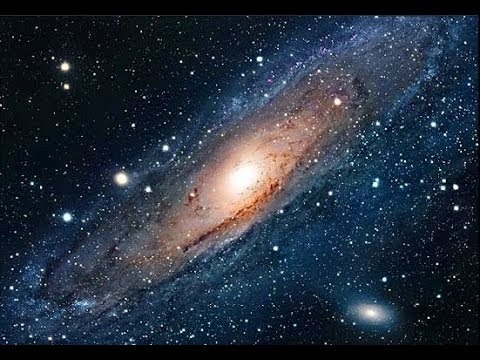
In 1922, the Russian physicist Alexandra Friedman produced computations showing that the structure of the universe was not static and that even a tiny impulse might be sufficient to cause the whole structure to expand or contract according to Einstein’s Theory of Relativity. George Lemaitre was the first to recognize what Friedman’s work meant. Based on these computations, the Belgian astronomer Lemaitre declared that the universe had a beginning and that it was expanding as a result of something that had triggered it. He also stated that the rate of radiation could be used as a measure of the aftermath of that “something”.
In 1929, the American astronomer Edwin Hubble, working at the California Mount Wilson observatory, made one of the most important discoveries in the history of astronomy, which rocked the scientific world. Observing a number of stars through his huge telescope, he discovered that their light was shifted towards the red end of the spectrum and, crucially, that this shift was directly related to the distance of the stars from Earth. This discovery shook the very basis of the universe model held until then.
 |
| Edwin Hubble discovered that the universe was expanding. Eventually he found evidence of the “the Big Bang”, a cataclysmic event whose discovery forced scientists to abandon the notion of an infinite and eternal universe. |
According to the recognized rules of physics, the spectra of light beams travelling towards the point of observation tend towards violet while the spectra of light beams moving away from the point of observation tend towards red. (Just like the fading of a train’s whistle as it moves away from the observer) Hubble’s observation showed that according to this law, the heavenly bodies were moving away from us. Before long, Hubble made another important discovery; The stars weren’t just racing away from Earth; they were racing away from each other as well. The only conclusion that could be derived from a universe where everything moves away from everything else is that the universe constantly “expands”.
Hubble had found observational evidence for something that George Lemaitre had anticipated a short while ago and one of the most important minds of our age had recognized almost fifteen years earlier. In 1915, Albert Einstein had concluded that the universe could not be static because of calculations based on his recently-discovered theory of relativity (thus anticipating the conclusions of Friedman and Lemaitre). Shocked by his findings, Einstein added a “cosmological constant” to his equations in order to make the answer compatible with the atheist view, because astronomers assured him that the universe was static and there was no other way to make his equations match such a model. Years later, Einstein was to admit that his cosmological constant was the biggest mistake of his career.
Hubble’s discovery that the universe was expanding led to the emergence of another model that needed no fiddling around with to make the equations work right. If the universe was getting bigger as time advanced, going back in time meant that it was getting smaller; and if one went back far enough, everything would shrink and converge at a single point. The conclusion to be derived from this model was that at some time, all the matter in the universe was compacted in a single point-mass that had “zero volume” because of its immense gravitational force. Our universe came into being as the result of the explosion of this point-mass that had zero volume. This explosion has come to be called the “the Big Bang” and its existence has repeatedly been confirmed by observational evidence.
There was another truth that the Big Bang pointed to. To say that something has zero volume is tantamount to saying that it is “nothing”. The whole universe was created from this “nothing”. And furthermore this universe had a beginning, contrary to the view of materialism, which holds that “the universe has existed for eternity”.
